 In het kader van het nieuwe DEM-nummer ‘Schrijven in een andere taal‘, houdt de uit Zuid-India afkomstige, in het Malayalam en het Engels schrijvende K. Satchidanandan hier een pleidooi om literaire teksten geschreven in Indiase streektalen in het Engels te vertalen: ‘De aanwezigheid van meerdere talen maakt van vertalen een noodzakelijke en natuurlijke activiteit, bijna een voorwaarde voor het bestaan en de verdere ontwikkeling van deze talen’. Om te vermijden dat teksten in pakweg het Betta Kurumba, het Eravalla of het Irula in de toekomst in de vergetelheid geraken, is vertaling in bijvoorbeeld het Engels inderdaad onontbeerlijk. Een interessante discussie overigens; niet iedereen in het huidige India – dat tijdens de voorbije verkiezingen massaal voor de nationalistische Hindoepartij BJP gestemd heeft – zit wat dit betreft op dezelfde golflengte. Lees hierna het essay van K. Satchidanandan van wie we ook drie gedichten opnamen in ons nieuwe DEM nummer.
In het kader van het nieuwe DEM-nummer ‘Schrijven in een andere taal‘, houdt de uit Zuid-India afkomstige, in het Malayalam en het Engels schrijvende K. Satchidanandan hier een pleidooi om literaire teksten geschreven in Indiase streektalen in het Engels te vertalen: ‘De aanwezigheid van meerdere talen maakt van vertalen een noodzakelijke en natuurlijke activiteit, bijna een voorwaarde voor het bestaan en de verdere ontwikkeling van deze talen’. Om te vermijden dat teksten in pakweg het Betta Kurumba, het Eravalla of het Irula in de toekomst in de vergetelheid geraken, is vertaling in bijvoorbeeld het Engels inderdaad onontbeerlijk. Een interessante discussie overigens; niet iedereen in het huidige India – dat tijdens de voorbije verkiezingen massaal voor de nationalistische Hindoepartij BJP gestemd heeft – zit wat dit betreft op dezelfde golflengte. Lees hierna het essay van K. Satchidanandan van wie we ook drie gedichten opnamen in ons nieuwe DEM nummer.
LIVING WITH MANY TONGUES
K. Satchidanandan
Walter Benjamin had conceived the act of translation as one way in which human beings strive to retrieve their long-lost common tongue. The idea of an age when all human beings spoke in a single language seems common to many mythologies across the world, though the stories about the loss of that tongue and the origin of linguistic diversity differ from tribe to tribe. The most well-known of them is perhaps the Biblical tale of the Tower of Babel, the ambitious city rising to the sky the people from the east start building in Shinar of which the gods become jealous and confound the language of the builders so that communication among them breaks down and they are driven to different parts of the world. In several cultures, the multiplicity of languages is associated with the deluge as in the Aztec legend where Coxcox and Xochiquetzal survive the deluge and beget many children who are bereft of speech: a dove endows them with language but each is given a different speech so that they cannot talk to each other. The Kaska people of North America too believe that it was the deluge that scattered the people of the world creating many cultures and languages. In a Salishan myth, two men enter into an argument whether the high-pitched humming noise that accompanies the flight of ducks comes from their flapping of wings or from air passing through their beaks. The tribal chief could not settle the argument, so he summoned a council that had also representatives from neighbouring villages. The dispute divided the people into groups who moved away from one another and began speaking in different tongues.
In the Yuki story from California it is the creator himself who lays sticks in houses to nominates people to diverse communities and prescribes different languages and customs for them. There is also a similar Iroqois story where the Holder of Heavens, Taryenyawagon guides people on a journey helping them settle down in different places where they developed different languages. The Ticunas believe people spoke a single language until they ate the eggs of a humming bird. The Greeks too think under Zeus all spoke the sae tongue and it was Hermes who brought diversity of speech leading to Zeus’s resignation paving way for Phoroneus, the first human king of the country. For the Bantus of East Africa, it was a famine that drove people mad who began to jabber strange words, leading to various languages. Only Eshu and Yoruba can speak all languages. According to a South Australian myth, Wurruri walked with a stick scattering the fire in every hearth around which people were asleep. When Wurruri died, people were so happy that they sent the message in different directions inviting everyone to partake of her flesh. They ate different parts of the body and began speaking different languages. The Guniwinggu people of Australia believe that a goddess in dream-time gave each of her children a different language to play with. God Puluga of Andamans first created a single language, bojig-yab and gave it to the first human couple. But they had numerous offspring who were given different dialects and sent to distant lands.
We do not know whether we got so many languages from Scylla howling in many tongues or from the seven-tongued Agni, but we have comfortably lived with them, found this diversity extremely productive in cultural terms. True , we never cared to name this coexistence of many languages and our languages did not originally have an equivalent to terms like ‘multilingualism’ or ‘heteroglossia’ : only recently we have coined equivalents like ‘bahubhasheey’. Since we did not have the concept we also did not have an antonym like ‘monolingual’ too, the idea of monolingual ( also mono-religious and mono-cultural)society having come from the West. For the colonialists we were the ‘other’ and they needed othering concepts to define us as a people like calling the people they found in India ‘Hindoos’ and India, ‘Hindoostan’. It was this ‘Hindoostan’ that was ‘multilingual’. Later the concept was lent currency by linguists, ethnographers, demographers, and Orientalist scholars. For the people of India, the existence of many languages was but an extension of nature’s diversity and they easily moved from one language to another when they moved from place to place or received people from another place, thus adding Persian, Arabic and English too to their repertoire in course of time, not to speak of the liberal borrowings and adaptations of words from French, Dutch, Portuguese etc to enrich our own languages. Travel and study of many languages were even deemed essential for poets. Look at this passage from Kavikantabharanam by Kshemendra , the 12th century Sanskrit literary theorist for proof: “ A poet should learn with his eyes the forms of leaves; he should know how to make people laugh when they are together; he should get to see what they are really like ; he should know about oceans and mountains in themselves and the sun and the moon and the stars; his mind should enter into the seasons; he should go among many people in many places and learn their languages” ( Verses 10-11, tr. A. K.Ramanujan).
Multilingual self-fashioning may be said to have been fundamental to South Asia’s cultural ecology so much so that with the current understanding of language and dialect we find it hard to place poets like Amir Khusrau, Vidyapati, Namdeo, Kabir, Nanak, Meera, Chaitanya, Mirza Ghalib in any one of the modern languages. Even the writers who are supposed to have written in ‘Sanskrit’ employed besides Sanskrit, Prakrit, Magadhi, Paisachi, Shaurseni and Apabhramsha and even the Tamil bhaktas, , the Alwars and the Nayanmars did not compose in what can be considered a homogenous Tamil. Ramachandra Guha rightly argues that bilingualism really flowered during the 1920s when under Gandhi’s leadership the nationalist movement captured the imagination of the entire Indian people. Leaders and thinkers like Gandhi, Ambedkar and Tagore were effectively and effortlessly bilingual as were many writers and intellectuals of the period Even in our time we find a lot of writers writing in a language other than their mother-tongue: they include some well-known names like UR Ananthamurthy whose mother-tongue is Tulu, Girish Karnad whose mother-tongue is Konkani or N. S. Bendre, whose mother-tongue is Marathi, all the three writing in Kannada. This is true of all Indian English writers and several Urdu writers whose mother-tongue could be anything from Hindi and Gujarati to Punjabi and Telugu. There are too writers who write in more than one language, one of which may be the mother-tongue and the other English in many cases (Kiran Nagarkar, Jayanta Mahapatra, Arun Kolatkar, Dilip Chitre, AK Ramanujan, Kamala Das).The transactions between the local and the pan-Indian enhanced the creative potential of both the regional and the national- margi and deshi– giving rise to a literary culture that was marked by what today would be termed dialogism and heteroglossia.
Sheldon Pollock has suggested how multilinguality was seen by Europe as rising from an original sin and an evil that needs to be eradicated. The European conquerors sought to suppress the languages of the people they ruled over leading to the complete or partial destruction of native tongues in many parts of the world, but, “In South Asia, although forms of will-to –power in the realm of language , and even narratives of language decay, are certainly to be found, no one ever mythologised the need to purify –let alone actually sought to purify- original sins of diversity through a programme of eradication. Diversity was not a sign of divine wrath, nor was multilinguality a crime that demanded punishment” (The Language of the Gods in the World of Men: Sanskrit, Culture and Power in Pre-modern India, 2006, p. 477). As a result even when ruled by those who spoke Persian or English, we continued to preserve our languages and the rulers too, despite spreading their languages through education did not care to incapacitate, banish or ruin Indian languages. Part of the credit for this of course goes to the Indian people who were committed to their mother-tongues even while learning other languages. Strangely, though often for understandable reasons, it is after the British left that English is getting more and more popular as the medium of education and threatening the Indian languages forcing Ananthamurthy to remark that now our languages will be preserved by the poor and the villagers who have no means of educating their young in the English medium.
Colonial modernity with its homogenizing tendency, has penetrated into our private and public worlds, seeking to level the inherent plurality of our cultural and linguistic worlds; more recently globalisation has furthered this cause. But the modern revolution in information technology can help strengthen/ revive the Indian languages provided we have the will. In Europe there has also been the explicit linkage between ‘power and language as ethnically defined’ while in India there has hardly been any attempt to enforce purity of language using civil or political institutional structures. We have nothing like the French Akademi that continually checks the influx of words from other languages into French and when we had movements like the one there was in Kerala for a ‘pure’ Malayalam ( ‘pacha’-Malayalam) they have been marginal and rejected in no time by the larger community of readers and writers. Linguistic hybridity, as much as racial hybridity, has been second nature to us and we keep switching as well as mixing languages easily and naturally. We also never had any clear distinction between a ‘language’ and a ‘dialect’ which, along with the ambiguity in the definition of ‘mother-tongue’ , frequent disappearance of languages or their merger with larger ones, existence of scriptless languages and attempts by some ‘big’ languages to ‘devour’ or invisibilize ‘smaller’ languages naming them their ‘dialects’ –this applies most to Hindi, but on a lesser scale to many others) has made all our linguistic surveys tentative. So we have vastly varied accounts of about 1652 languages belonging to eight linguistic groups (1961 census led by Grierson),1576 mother tongues ( 1991 census)or 325 languages used for in-group communication ( Anthropological Survey of India) just to take some random examples.
The formation of linguistic states has set in motion the process of consolidating regional identity anchored in the majority language of the region bound within a geographical territory and encouraged the elite to equate linguistic identity with the ethnic identity that generates a discourse of power alienating and excluding large sections of people. The recently concluded People’s Linguistic Survey of India headed by Ganesh Devy, that finds 780 languages used in India with 66 scripts, has exposed the fallacy behind the formation of linguistic states by pointing out how in each of these states several languages coexist: For example Arunachal Pradesh has 90 languages, Assam, 55, Gujarat, 48, Maharashtra, 39 and West Bengal, 38. We seldom speak of Betta Kurumba or Eravalla or Irula when we discuss the language scenario in Tamilnadu or Adiya or Mannan or Kanikkaran when we discuss that in Kerala. Hegemonies are at work not merely at the level of the nation but at that of the regions too where several languages are subsumed by the language spoken by the majority.
The presence of multiple languages in India has several implications for the idea of Indian literature, our translation scenario, the idea of comparative literature, the idea of modernity, the nature of our linguistic creativity, the literary use of English and our cultural policy and the formation of cultural institutions and ultimately for our democracy itself. We need to develop a federal and inclusive concept of Indian literature that can accommodate diverse voices including the so-called ‘minor’ languages, ‘dialects’ and tribal languages. We also need to develop an alternative genealogy of Indian literature that challenges the Orientalist canons, looks beyond colonial concepts, subverts the religious-revivalist motives, takes oral literature seriously and travels to the deepest springs of our people’s creativity in its various forms. In the area of comparative literature, we need to outgrow the outdated model of comparing Indian language literatures with European literatures and focus on comparisons among the Indian language literatures with accent on shared forms, trends and movements as well as those specific to each language and the way even the so-called ‘movements’ find specific modes of expression according to the genius of each language and culture as well as the special ways in which the margi and the deshi traditions have interacted with one another and the Western impact has been received and appropriated : a work left incomplete by pioneers like Sisir Kumar Das.
Though all the languages and literatures are considered equal in principle, they also have real differences in their growth occasioned by factors like age, independence, promotion, avenues of education, research and exchange, evolution of sensibility and modernisation. Some languages get absorbed into others and some are marginalised by systems of governance and education even within the states; the arrival of English has further complicated the power-relationship among the languages. We also need to closely look at the attempts to develop indigenous modernities, the deployment of local myths, archetypes and folklore in contemporary literatures and the re-readings and rewritings of epics and works deemed classics in each literature. The differences between monolingual and polylingual creativity also demand attention. Even the Indian use of English- in vocabulary, syntax, style, texture- is inflected by Indian languages in different ways.
The presence of many languages also makes translation a necessary and natural activity, almost a condition of the existence and development of these languages. Still the project is beset with problems like unequal exchange, wrong priorities, genre-wise discrimination, lack of planning and promotion, inadequacy of initiatives and of funding, absence of proper training, the gradual decline in multiple language skills and the failure of the institutions of higher learning in encouraging its trainees to learn languages from other parts of the country. Cultural and educational policy plays a major role in preserving and promoting-or otherwise- of our languages and literatures. There is an urgent need to fight standardisation and homogenisation reinforced by the process of globalisation and to consciously encourage multilingual skills, to retrieve local language traditions from amnesia, to challenge the attempted return of colonial imaginaries as well as various forms of epistemic violence that seeks to destroy people’s world views and indigenous knowledge systems and to overcome the depletion of people’s linguistic-civilizational repertoires.
©K. Satchidanandan
 Het was tijdens mijn eerste tramrit door het Amsterdamse centrum dat ik mijn nieuwe taal voor het eerst tegenkwam. De robuust zwarte, op het ijskoude raam geplakte letters die over zes woorden verdeeld waren en samen één zin vormden, trokken ogenblikkelijk mijn aandacht. De letters lachten hun tanden bloot naar me, ze herbergden een betekenis die ik niet kende, maar door de manier waarop ze met mij sjansten wilde ik ze maar al te graag leren kennen. En alhoewel je als vrouw in het liefdesspel niet meteen al je kaarten op tafel moet leggen, kon ik me maar nauwelijks inhouden om niet tot een spontane knuffelsessie over te gaan, zo prachtig zagen de korte woordjes uit het zinnetje eruit, waarbij mijn oog vooral was gevallen op dat ene losstaande lettertje dat in de Nederlandse taal blijkbaar een volledig woord moest zijn met een complete betekenis. U. U had in de zin een bescheiden tweede plaats ingenomen. U zag er prachtig symmetrisch uit, alsof het een los stemvorkje zonder pootje was. Hij moest wel voorzien zijn van
Het was tijdens mijn eerste tramrit door het Amsterdamse centrum dat ik mijn nieuwe taal voor het eerst tegenkwam. De robuust zwarte, op het ijskoude raam geplakte letters die over zes woorden verdeeld waren en samen één zin vormden, trokken ogenblikkelijk mijn aandacht. De letters lachten hun tanden bloot naar me, ze herbergden een betekenis die ik niet kende, maar door de manier waarop ze met mij sjansten wilde ik ze maar al te graag leren kennen. En alhoewel je als vrouw in het liefdesspel niet meteen al je kaarten op tafel moet leggen, kon ik me maar nauwelijks inhouden om niet tot een spontane knuffelsessie over te gaan, zo prachtig zagen de korte woordjes uit het zinnetje eruit, waarbij mijn oog vooral was gevallen op dat ene losstaande lettertje dat in de Nederlandse taal blijkbaar een volledig woord moest zijn met een complete betekenis. U. U had in de zin een bescheiden tweede plaats ingenomen. U zag er prachtig symmetrisch uit, alsof het een los stemvorkje zonder pootje was. Hij moest wel voorzien zijn van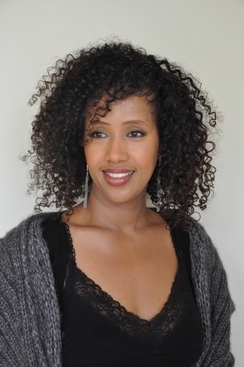
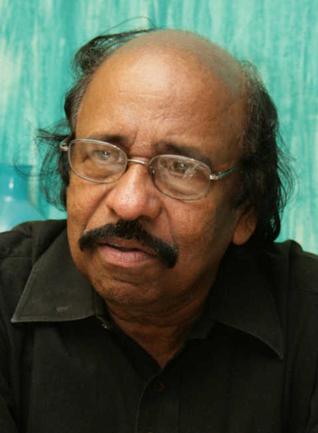
 In het kader van het nieuwe DEM-nummer ‘
In het kader van het nieuwe DEM-nummer ‘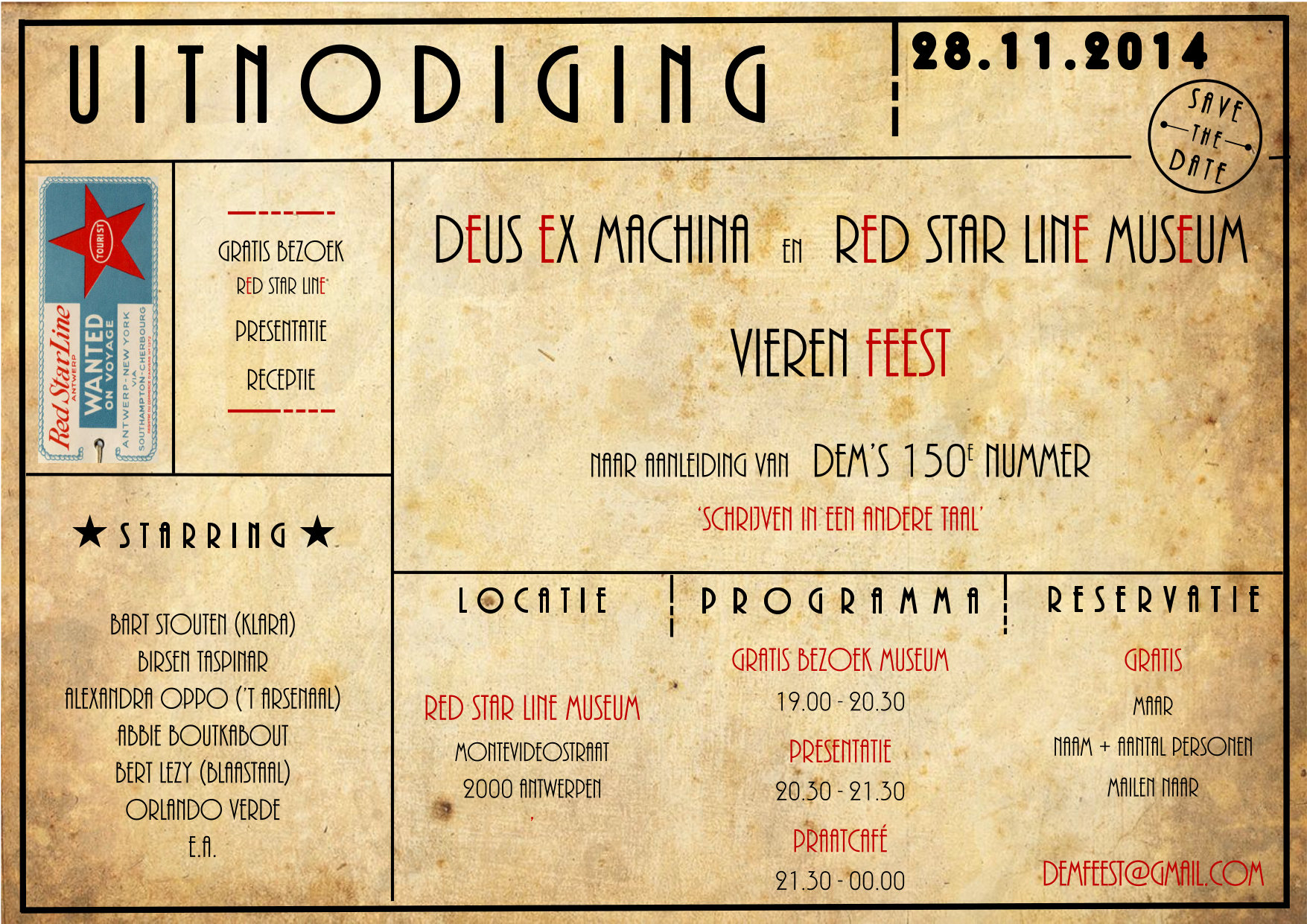
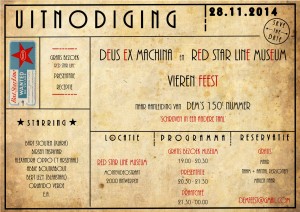 Deus ex Machina & Red Star Line Museum vieren FEEST naar aanleiding van DEM’s 150e nummer ‘Schrijven in een andere Taal’.
Deus ex Machina & Red Star Line Museum vieren FEEST naar aanleiding van DEM’s 150e nummer ‘Schrijven in een andere Taal’. 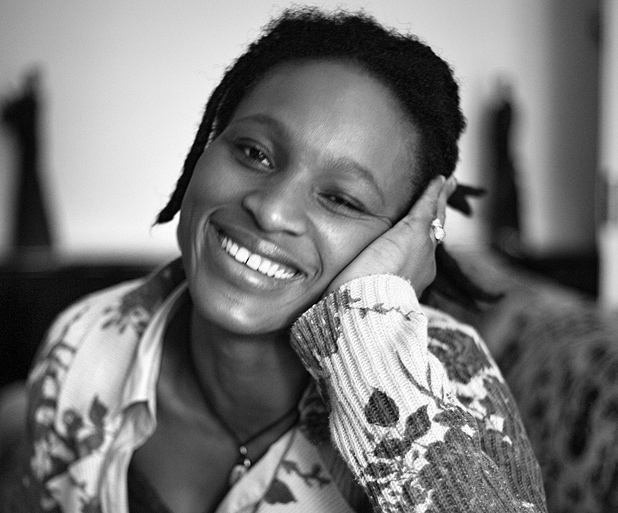
 “Toen ik op de boekenbeurs in Antwerpen in 2003 een affiche vond voor een schrijfwedstrijd georganiseerd in samenwerking met de VDAB, dacht ik er voor het eerst aan om in het Nederlands te proberen schrijven. Ik had een verhaal dat ik niet
“Toen ik op de boekenbeurs in Antwerpen in 2003 een affiche vond voor een schrijfwedstrijd georganiseerd in samenwerking met de VDAB, dacht ik er voor het eerst aan om in het Nederlands te proberen schrijven. Ik had een verhaal dat ik niet